rear end collision fault australia
In short the rear driver is almost always at fault and will be found liable for damages. Driving under the influence of alcohol or drugs.
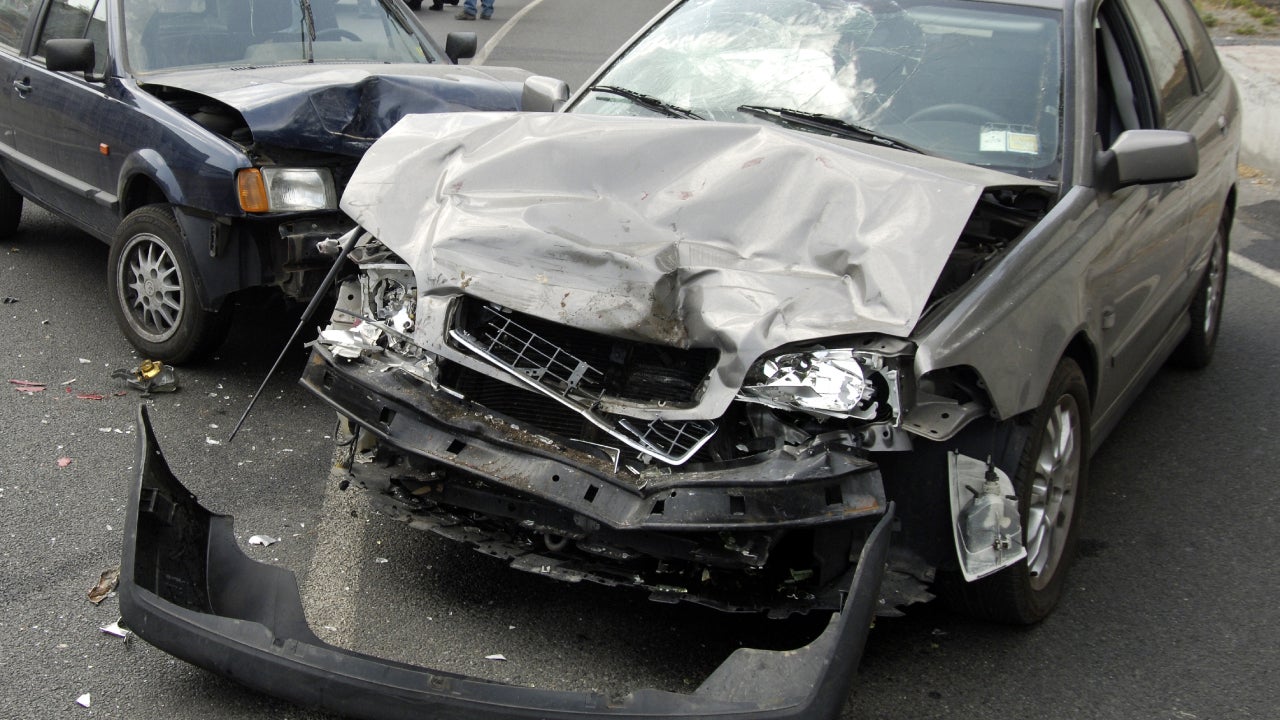
How Many Accidents Can You Have Before Your Insurance Drops You Bankrate
In a rear-end accident involving two vehicles the driver of the rear car is at fault unless the collision occurred due to the front car rolling back in which case the driver of the front car will be liable.

. A rear end driver may not be to blame or may only be partially to blame in any of the following situations. If a car suddenly moves in front of you that is moving significantly slower than you are that brakes suddenly or that. It is a common type of motor vehicle accident in Western Australia.
Brake-checking is a common form of road rage that. If the accident involves three or more vehicles the driver of the last car will be responsible for the damage to all cars involved. The driver in front accelerated in reverse.
Aside from physical consequences rear-end collisions can also result in various levels of damage to the vehicles involved. A rear-end collision may in some cases be deliberate such as being rammed from behind or caused deliberately by suddenly braking by the car in front. What is the ruling on rear-end collisions in Australia roads.
Key definitions relating to autonomous vehicles in California. The lead driver could be at fault for a rear-end crash in this situation. Who Is At Fault In A Rear End Collision Involving 3 Cars Jeffrey.
The driver of the car that rear-ends a leading vehicle will almost always be at least partially negligent negligence is the legal principle that determines fault for a car accident. So whos at fault and why. In fact a shocking 360000 Australian motorists reported being involved in an accident in the year ending July 2018 with rear end crashes being the most common car collision making up one-third of these accidents.
The most severe accidents may even involve multi-car pileups and totaled vehicles. You could be injured. There are some situations where the driver in the back may not be liable for a rear-end collision.
Get the basics on proving fault for a car accident Establishing Fault for Rear-End Accidents. If not when is the car from behind not at fault. When there is a pile-up of three or more vehicles a car will still be at fault for rear-ending another vehicle unless it was also rear-ended from behind.
Is it pre-determined that the car from behind is always at fault. Here are 8 situations in which the front driver may be at fault in a rear-end collision. This is the most common cause of rear-end collisions where the front driver is usually found at fault.
Rear ended car accident In most cases the driver who ran into the back of the other vehicle is usually found at fault. Knowledge holds that the law will always see the driver in back as the person at. Fault in most car accidents is determined by negligence.
A rear-end collision usually involves the driver of one car crashing into the back of another car. This can range from dented bumpers and broken lights to caved-in trunks and misaligned steering columns. Rear end collisions are a form of road traffic accident where one vehicle crashes into the back of another.
In most rear-end accidents especially where only two cars are involved its the driver of the car that hit the other car from behind whos considered to have caused the accident. Many rear-end collisions are caused by the above reasons. Figuring out who is to blame for a rear-end collision.
Being demonized for something that. This presumed negligence also makes them liable for both damage and injuries. Youd need to talk to a lawyer for an accurate answer to a specific case but in general the guy who runs into someone from behind is liable unless.
So when youve rear-ended someone and you think they were to blame it can be frustrating. It would be Australias deadliest train disaster for over 50 years until it was eclipsed by the Granville train disaster which killed 84 on January 18 1977. In almost all cases involving rear-end.
Before you make a third-party claim against the other driver you need to be able to prove the collision was not your fault. The way in which your vehicle is hit will greatly affect the type and severity of damage that can occur. Most of the time rear-end collision damage is caused by a square-on impact to your vehicle but in some cases your vehicle could be hit at an angle.
You could end up in a back and forth tug of war of his fault her fault. This belief stems from the notion that drivers can see what is ahead and should be concerned with obstacles in front of them therefore a driver should reasonably be able to stop or otherwise avoid striking other cars from behind. While the rear driver is often at fault for following too closely or distracted driving the lead driver can also be at fault.
This can be tricky because the car in front might have slammed on their brakes suddenly but it can often be argued that with the right amount of space left a driver should have enough time to safely brake without crashing into the vehicle in front. There are multiple vehicles involved and another car pushed their vehicle forward. Moreover another vehicle pedestrian or even road conditions may have been a contributing cause of a rear-end collision.
One of the most common car accidents is the rear-end collision. So in the first scenario above the first car that started the rear-end collision could be held liable for all cars in front of it that were impacted. For example if you engage in litigation in a rear-end collision a jury may determine that one both or none of the drivers involved in the accident were negligent.
When the lead car hits the brakes there is not enough time for the trailing car to stop without crashing into the rear fender causing damage to the vehicle and physical injuries. The Other Driver Cuts You Off. This is because every driver has a duty to follow other vehicles at a safe distance that varies.
On top of the damage to your car youre likely being chased by the other drivers insurer. Weve all heard the story go if you rear-end someone then its your fault. The National Road Safety Strategy has identified intersection crashes as one of the most frequent crash types occurring on Australian roads.
This means that you are not automatically at-fault in Texas if you hit someone from the back. April 20 1908 Australia Sunshine train disaster Melbourne. Factors found to be related to an increased incidence or severity of rear-end crashes include.
Depending on the fault ratio assigned to each party it may not be enough for you to. A classic example is an aggressive driver who is tailgating the car in front of it because he or she is in a rush to get to a destination. In most cases they occur in areas where vehicles come to a complete stop and drivers are required to judge when best to move off such as roundabouts and traffic lights with the collision occurring when one of the drivers misjudges the timing of the other.
How to determine whos at fault in a rear-end car crash. Fault in a rear-end automobile accident is not automatic. Most drivers assume that any accident involving a rear-end collision is always the fault of the driver in the back.
A rear-end collision could occur if the lead driver cuts off the rear driver during an unsafe lane change. As rear-end crashes are a common collision type at intersections they have been targeted as part of the strategy. Merging on top of or right in front of another driver without leaving enough room is dangerous and can cause an accident.
Rear-end collisions usually occur due to high vehicle speed reckless driving distracted driving or tailing driver not paying attention to road conditions.
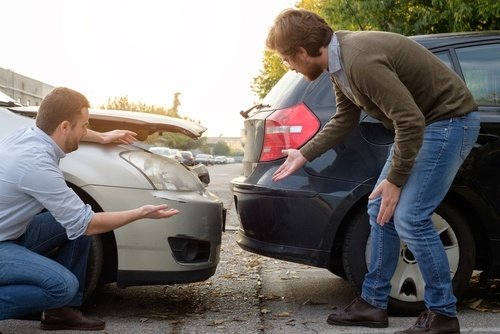
Rear End Collision Lawsuit 10 Key Things To Know About Fault

Rear End Collision Who Is Always Liable The Dashner Law Firm
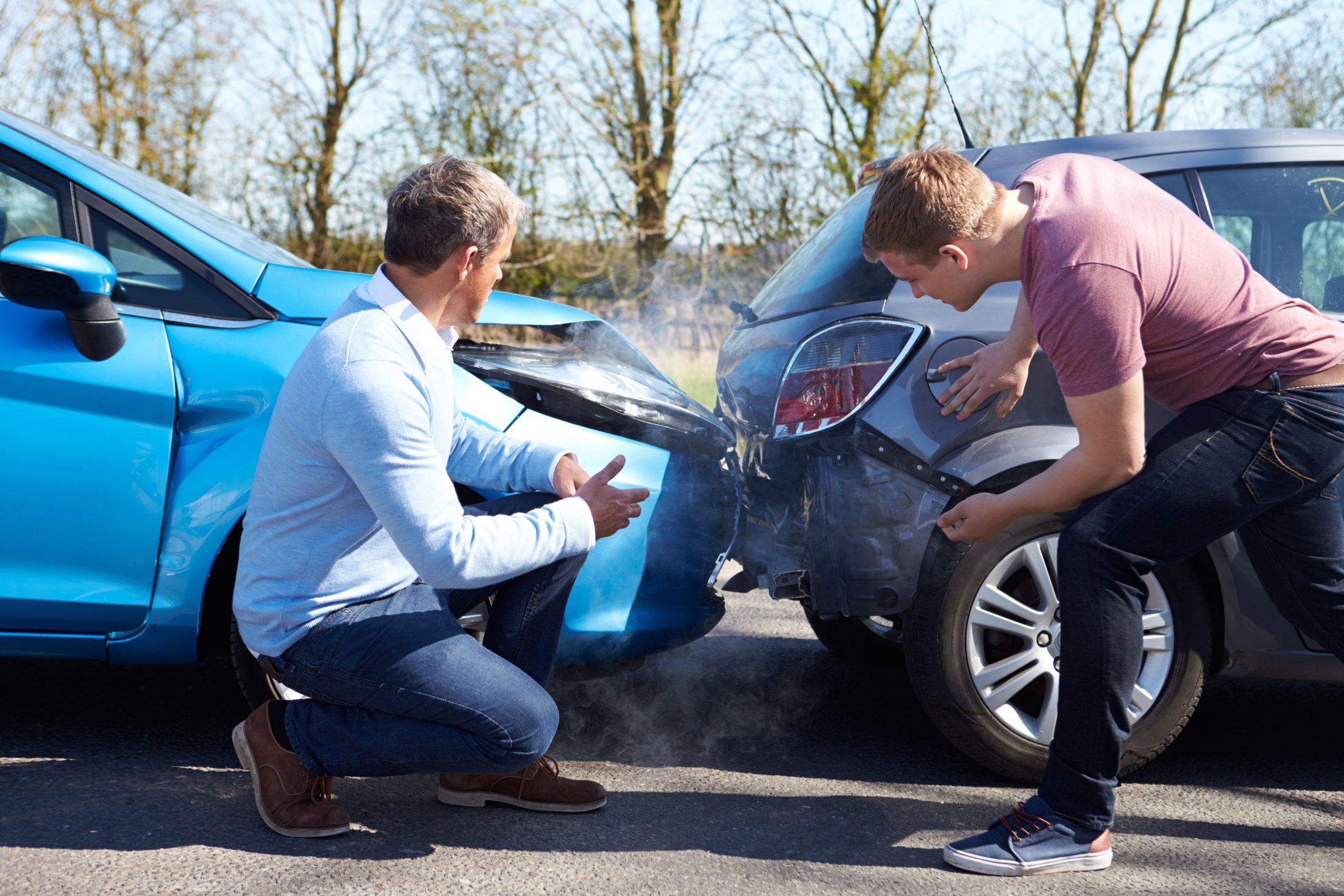
What To Do After A Minor Car Accident Faq

Guide To Rear Ended Collision Insurance And Injury Claim
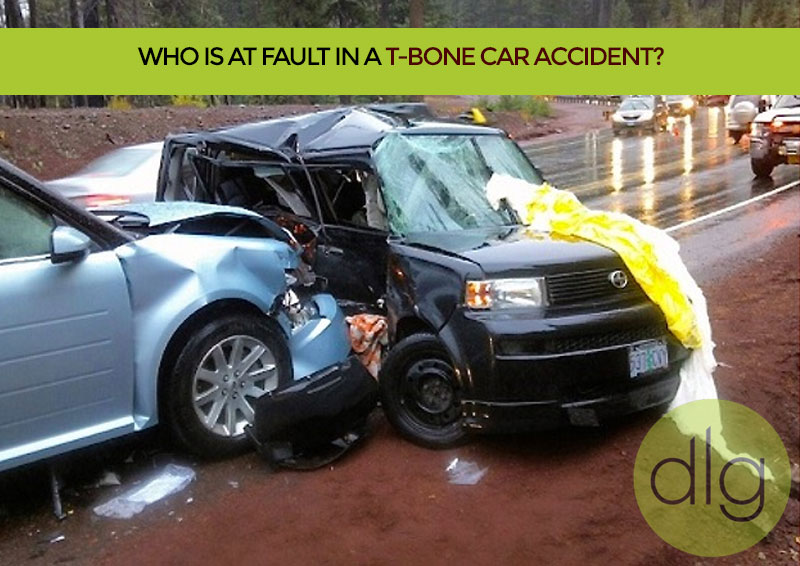
Who Is At Fault In A T Bone Car Accident

Who Is At Fault In A T Bone Car Accident And What To Expect
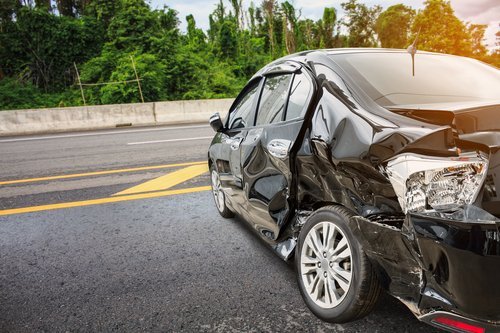
Can Both Parties Be At Fault In A Car Accident Car Accidents Ben Crump Law Pllc
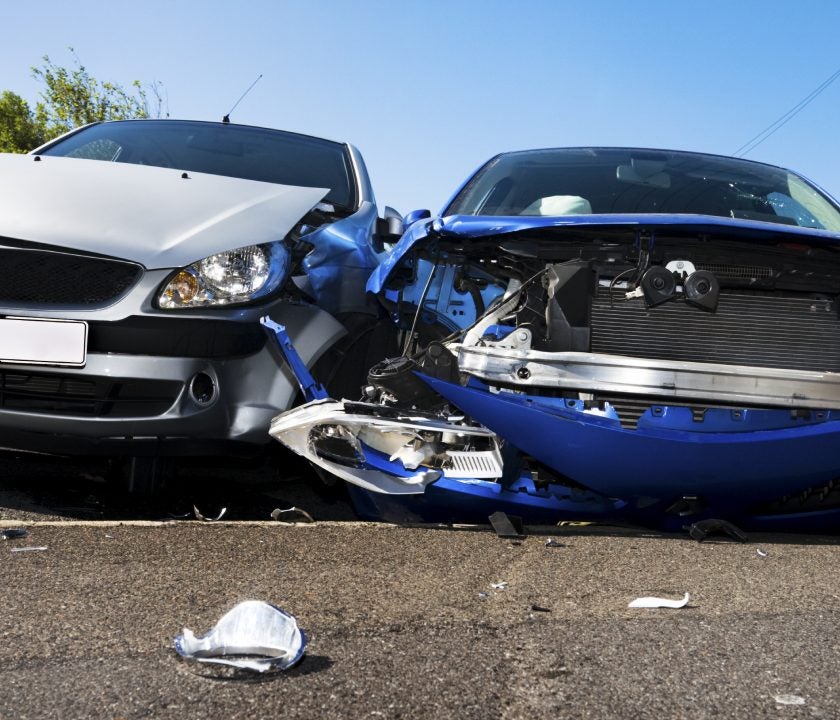
What Happens If You Get In An Accident Without Insurance Bankrate
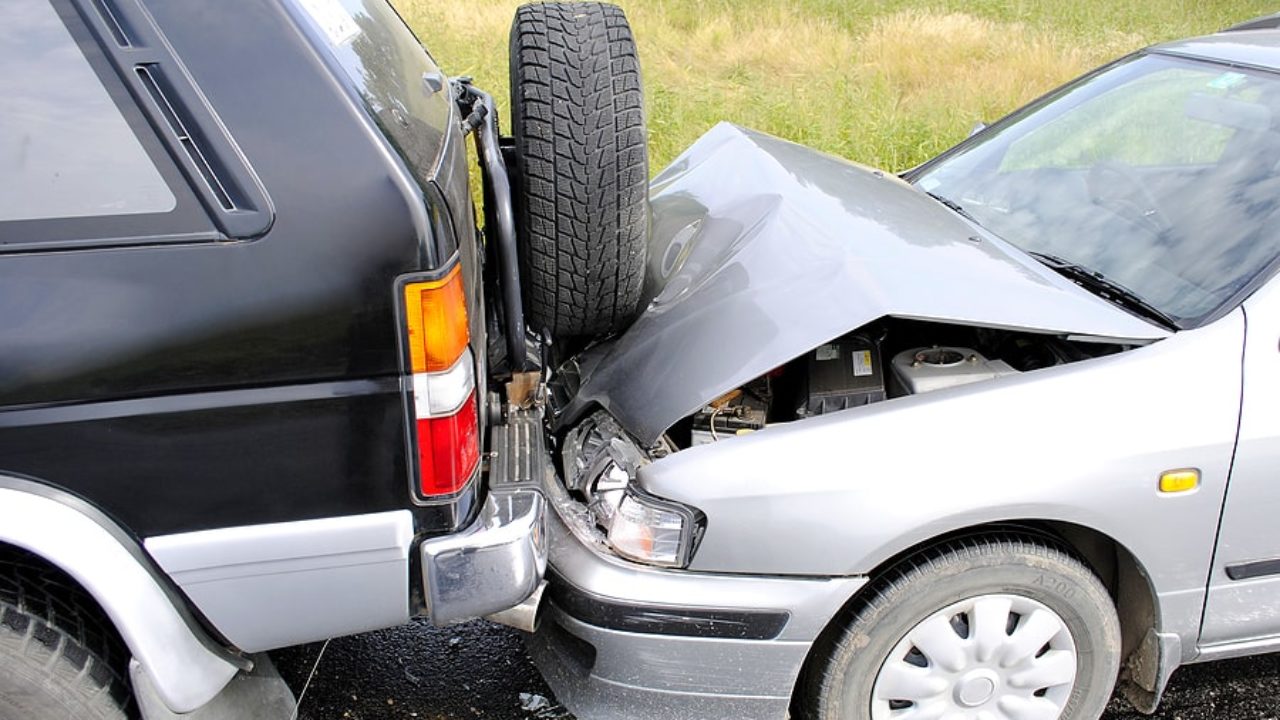
Rear End Collisions Are The Most Frequent Type Of Collision Abels Annes P C
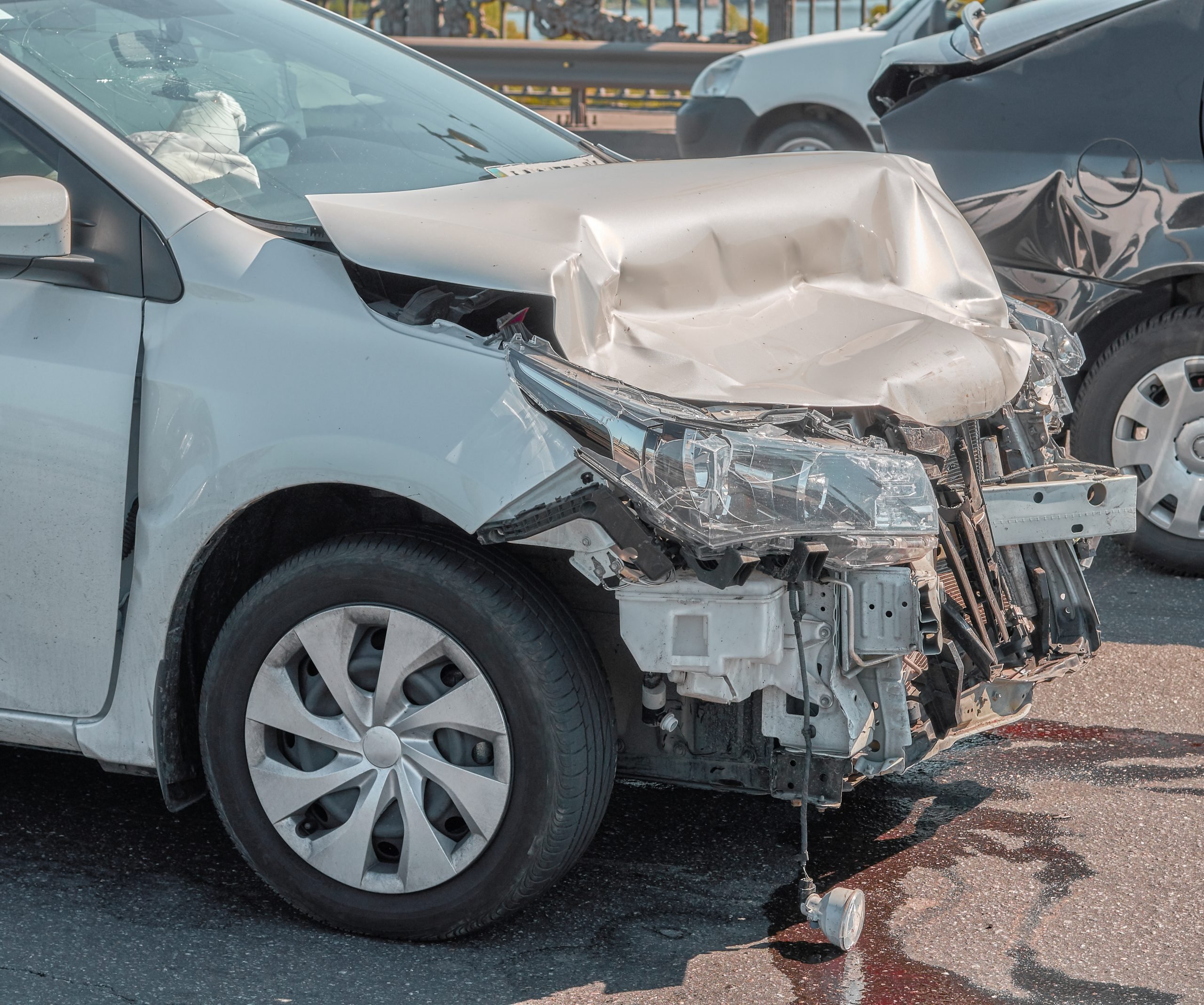
Who S At Fault In A Three Way Car Accident Anidjar Levine
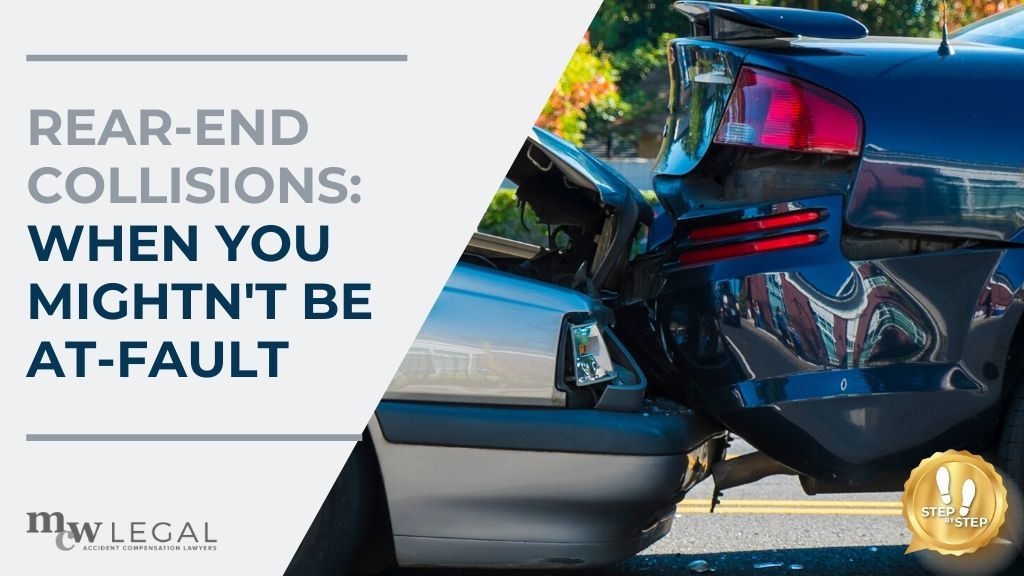
Rear End Collision Why You Might Not Be At Fault Mcw Legal
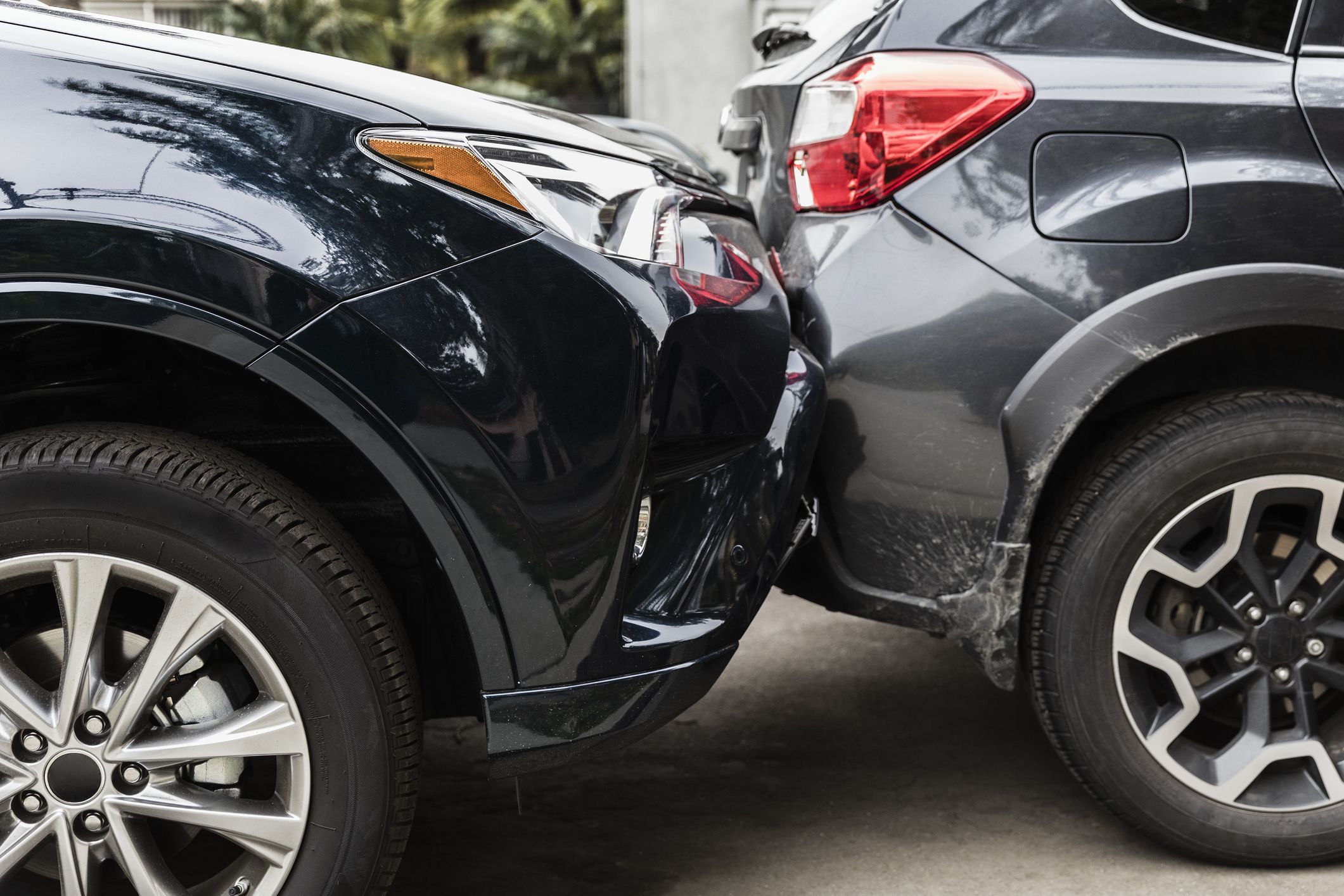
How Much Does Insurance Go Up After A Fender Bender

Who Is At Fault In A Rear End Collision Jack Bernstein Injury Attorneys
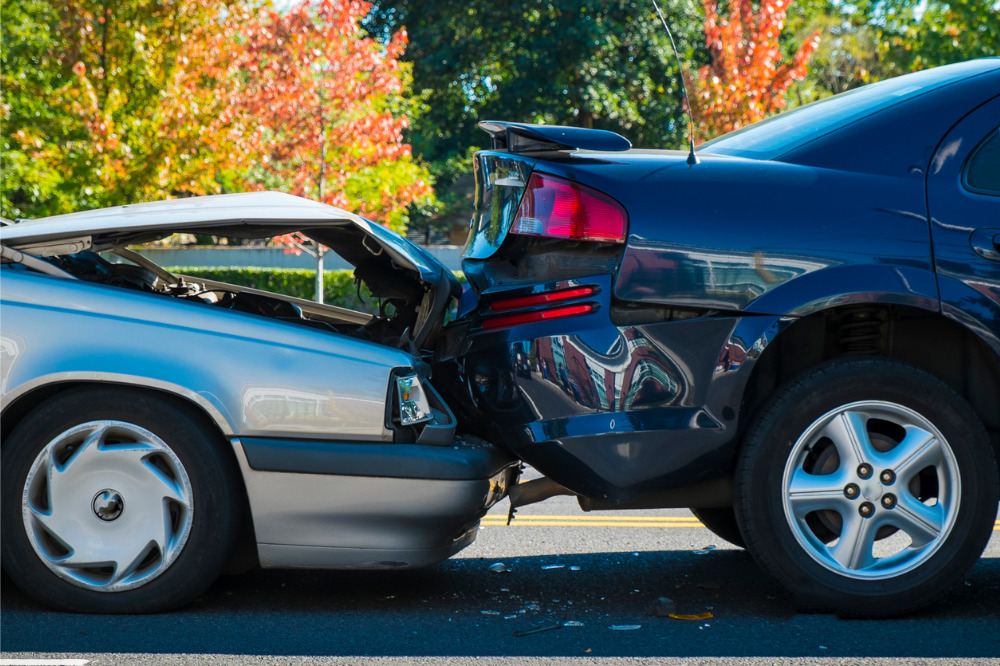
How Many Ontarians Would Consider Cash Settlement After A Collision Insurance Business Canada
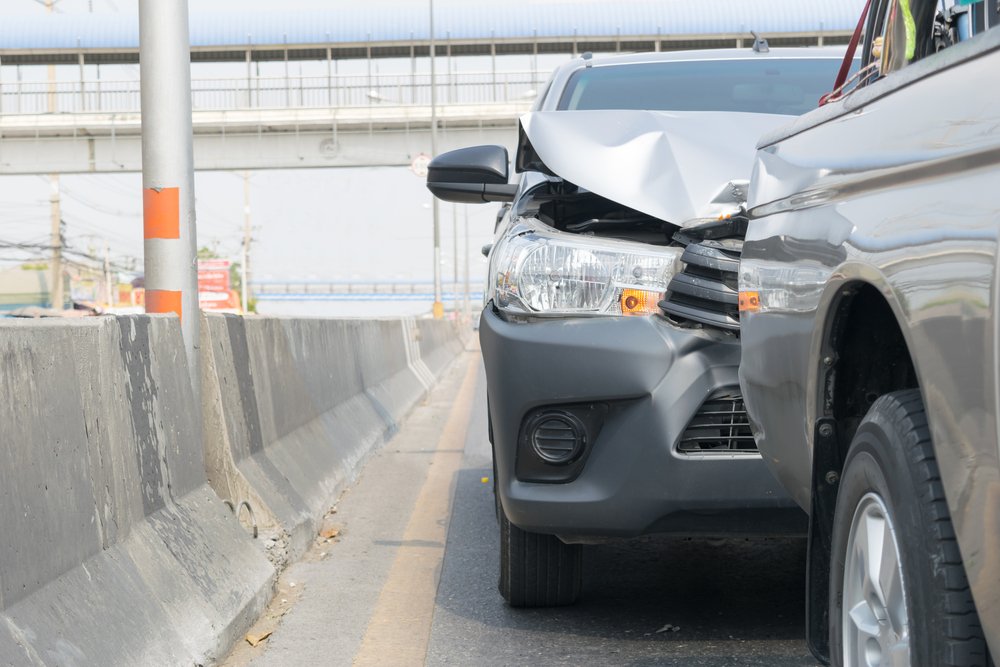
Who Is At Fault In A Rear End Collision Car Accident Lawyers Ben Crump

Common Fatal Injuries After A Car Crash Morelli Law Firm

What Are Your Chances Of Getting Into A Car Accident

Car Accident Scenarios Determine Who S At Fault In A Crash
What You Need To Know About No Fault Insurance In Alberta Surex